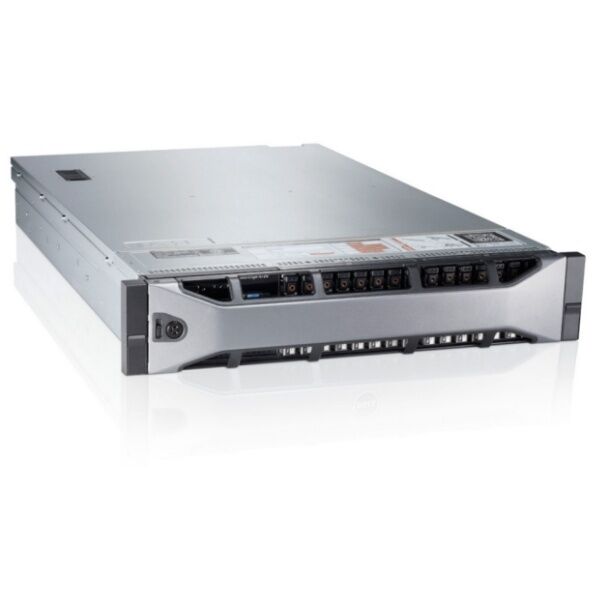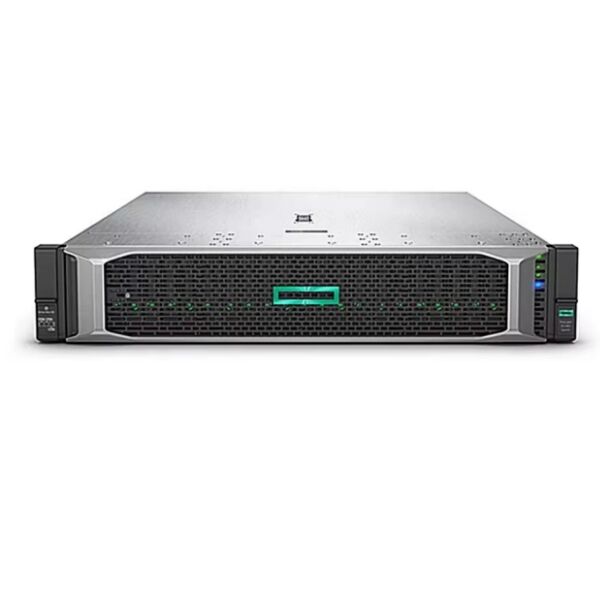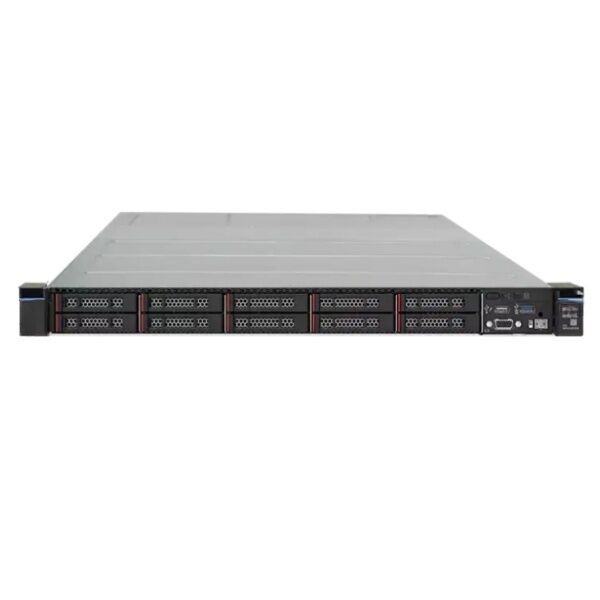server os
A server operating system (server OS) is a specialized software platform designed to manage and control server hardware resources while providing essential services to network clients. This sophisticated system serves as the foundation for enterprise computing infrastructure, offering robust capabilities for data storage, application hosting, network management, and security enforcement. Modern server operating systems are engineered to handle multiple simultaneous user connections, process intensive workloads, and maintain continuous operation with minimal downtime. They incorporate advanced features such as virtualization support, allowing organizations to maximize hardware utilization through the creation of multiple virtual machines. Server OS platforms excel in resource allocation, ensuring optimal distribution of processing power, memory, and storage among various applications and services. They provide comprehensive security frameworks, including user authentication, access control, and encryption protocols, to protect sensitive data and maintain system integrity. Additionally, these systems offer extensive monitoring and management tools, enabling administrators to track system performance, troubleshoot issues, and implement necessary updates or modifications efficiently.


